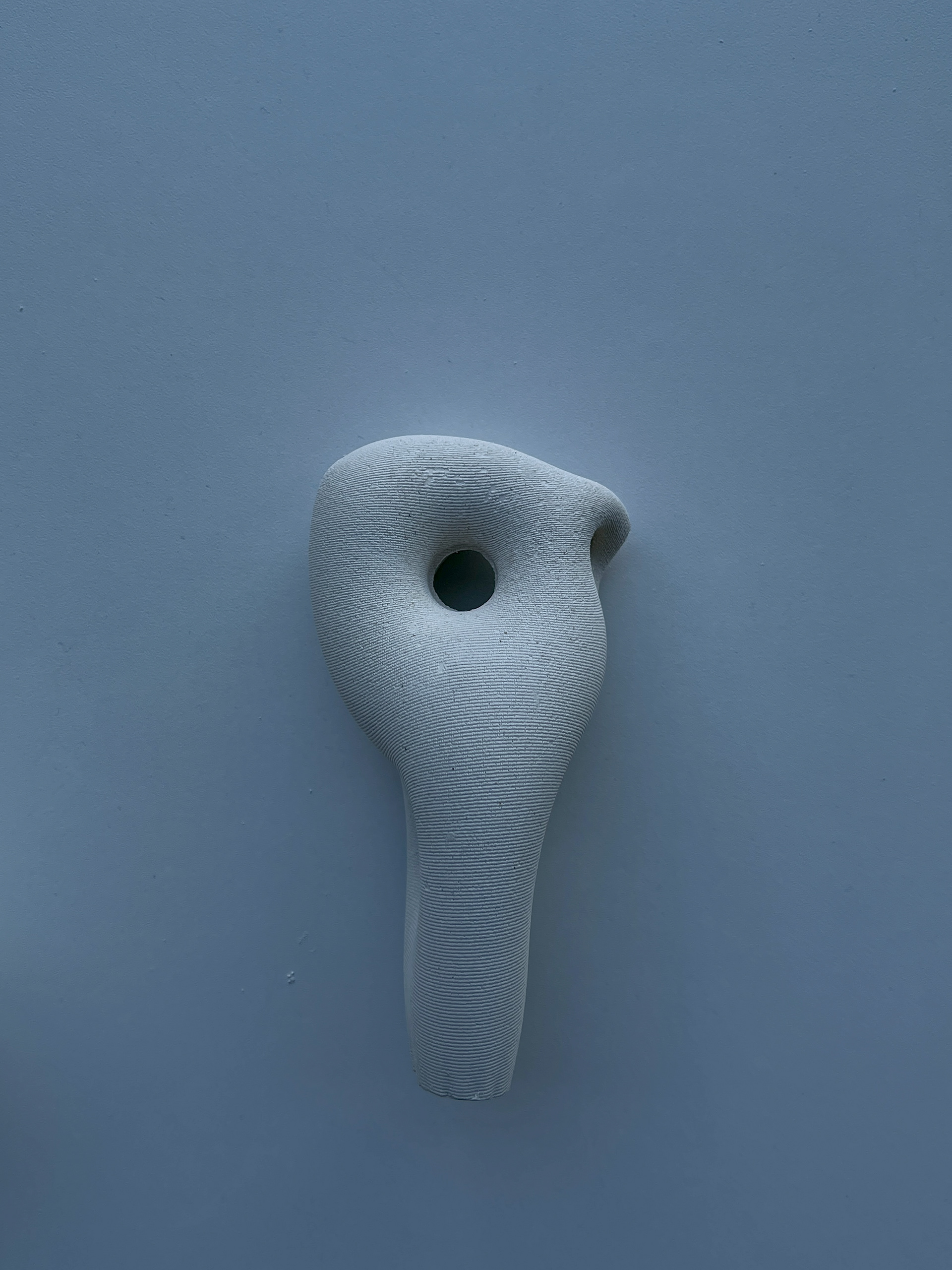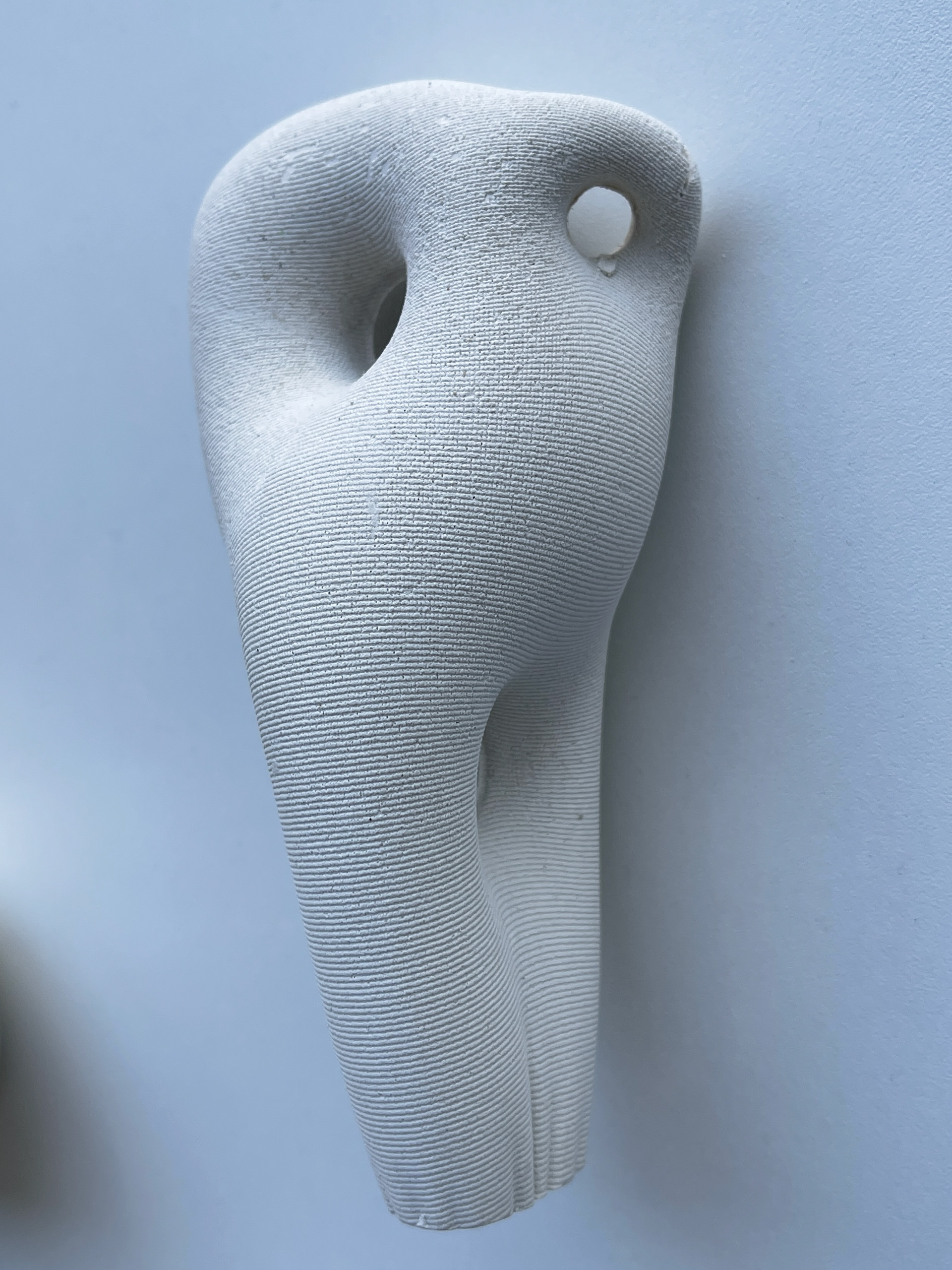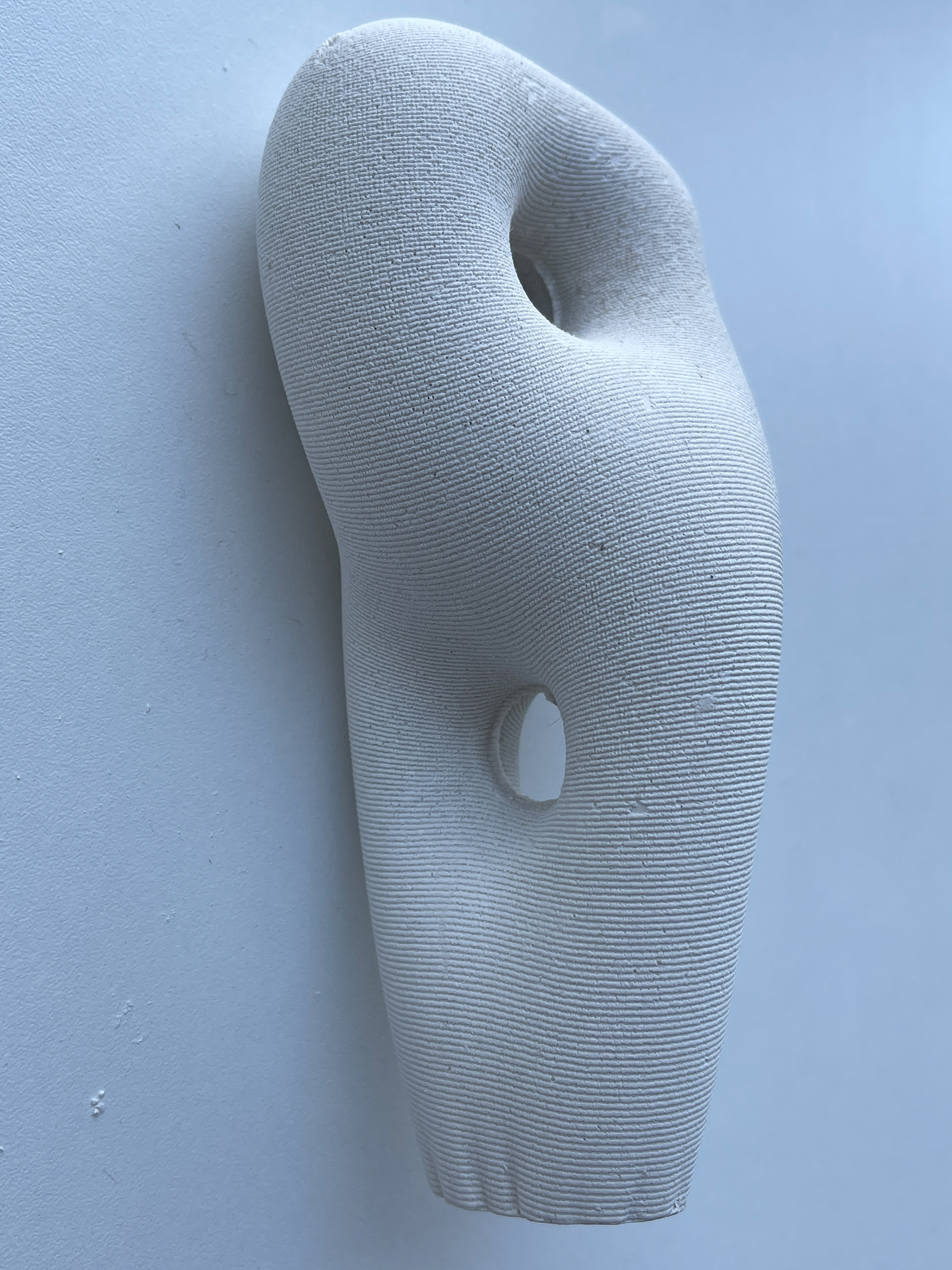The course advances the production of physical outcomes focusing on the relationship between information and morphology. Multiple levels of design development and implementation are addressed using current industry standards and state-of-the-art fabrication processes.
Below, you will find documentation of my work with various tools, including the Laser Cutter, CNC Milling machine, 3D Printer, and Kuka Robot. Additionally, there's a brief overview of my role as a teaching assistant and involvement in plaster casting projects
Laser Cutter
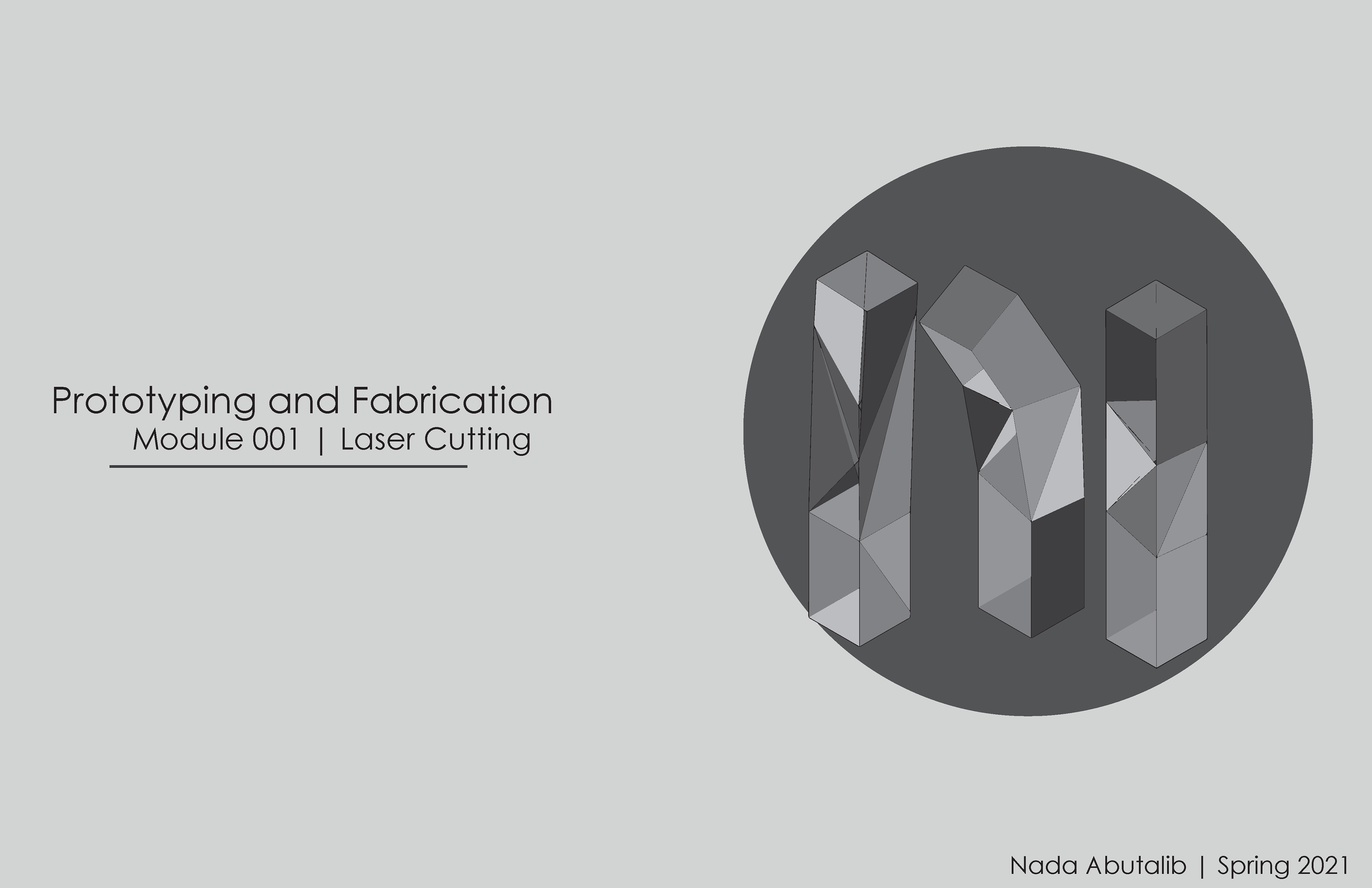
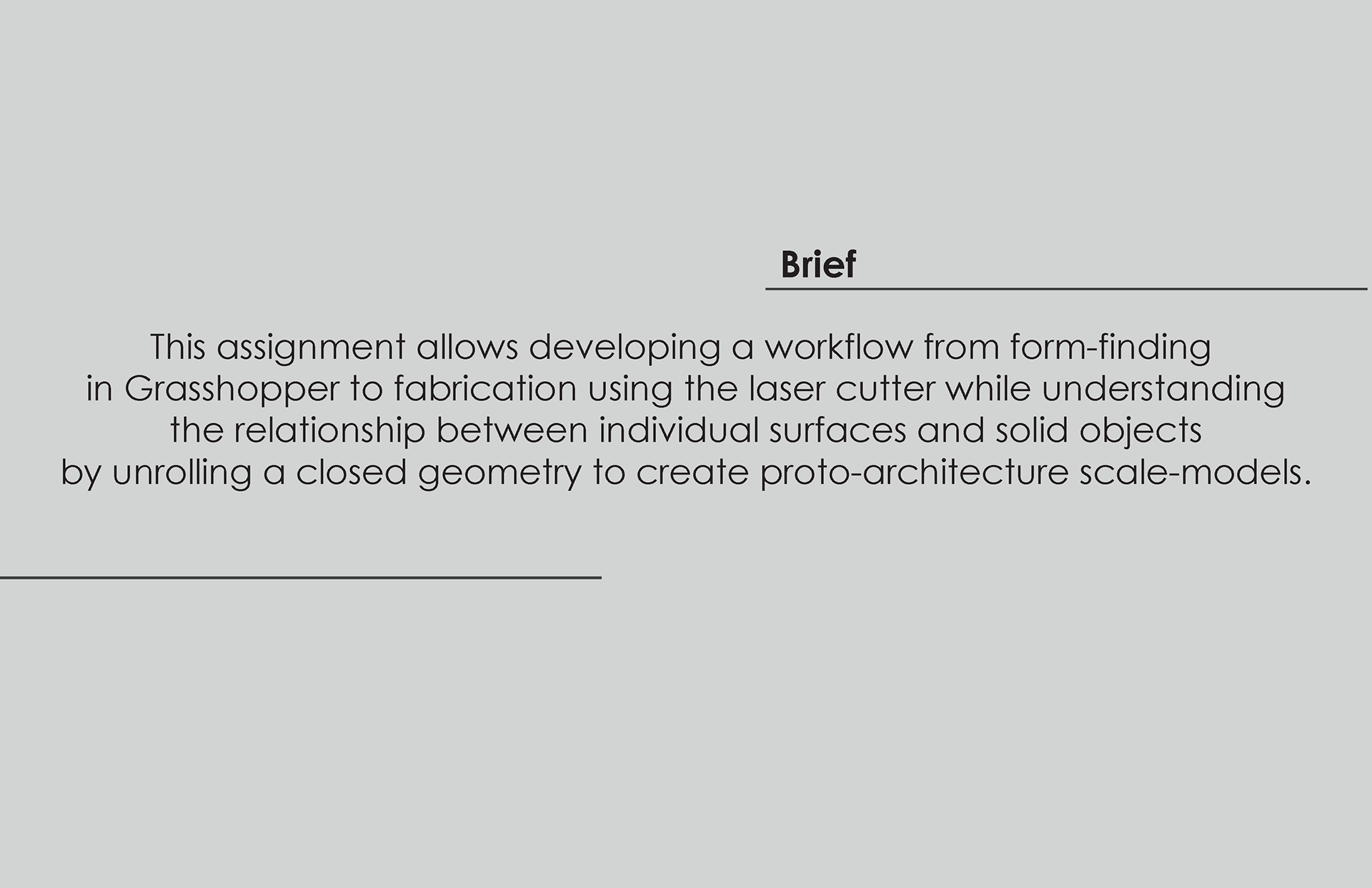
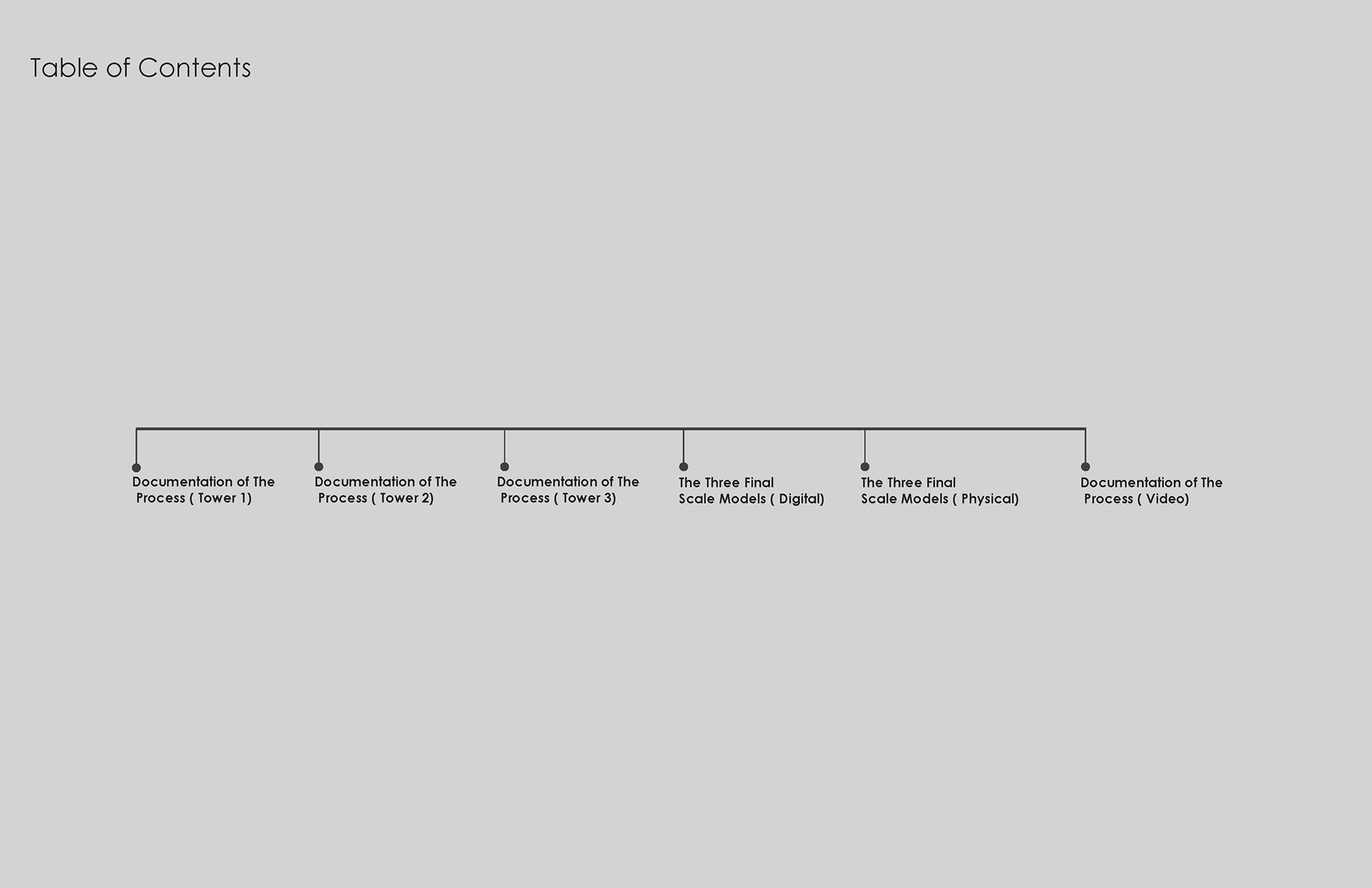
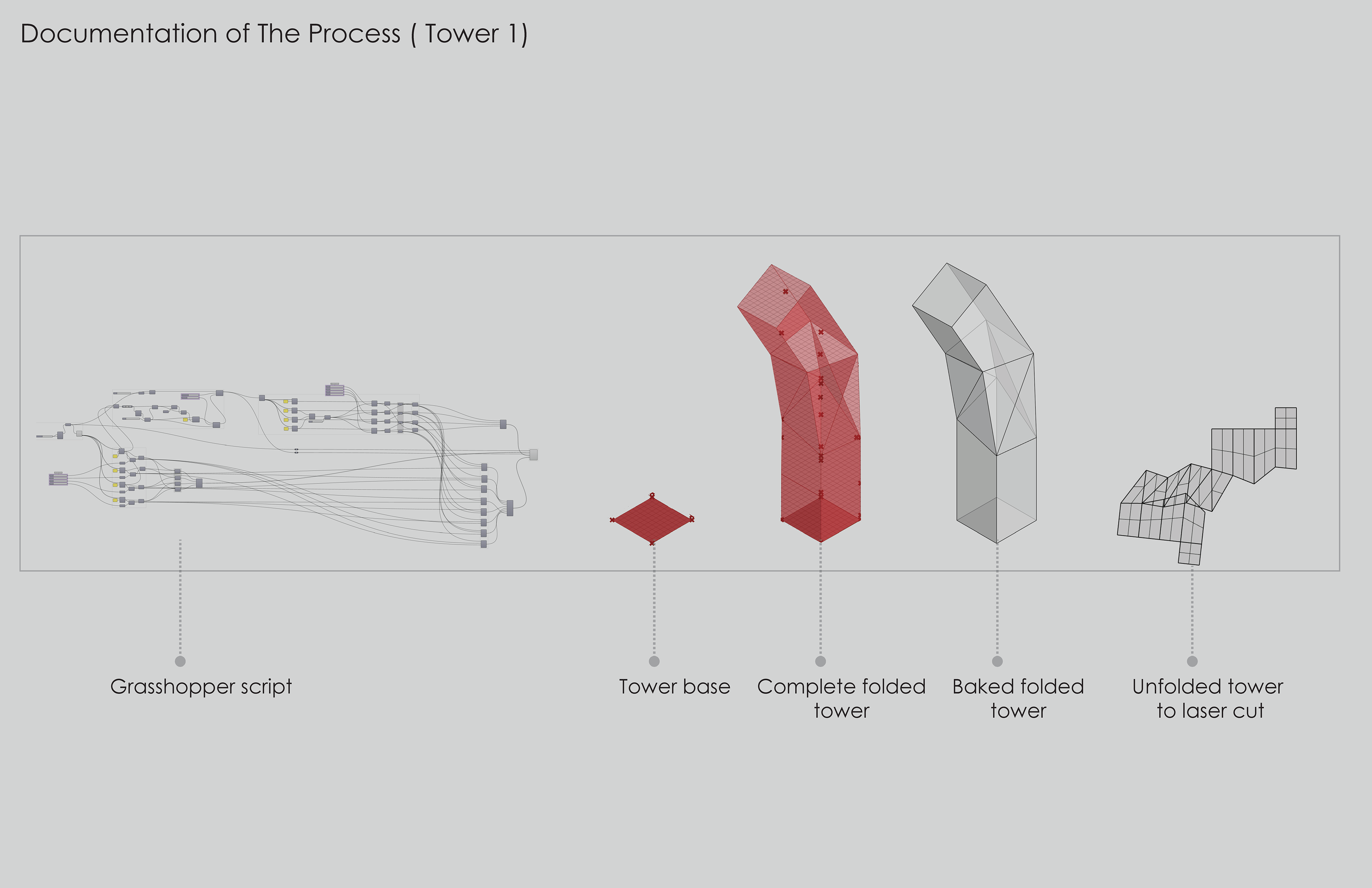
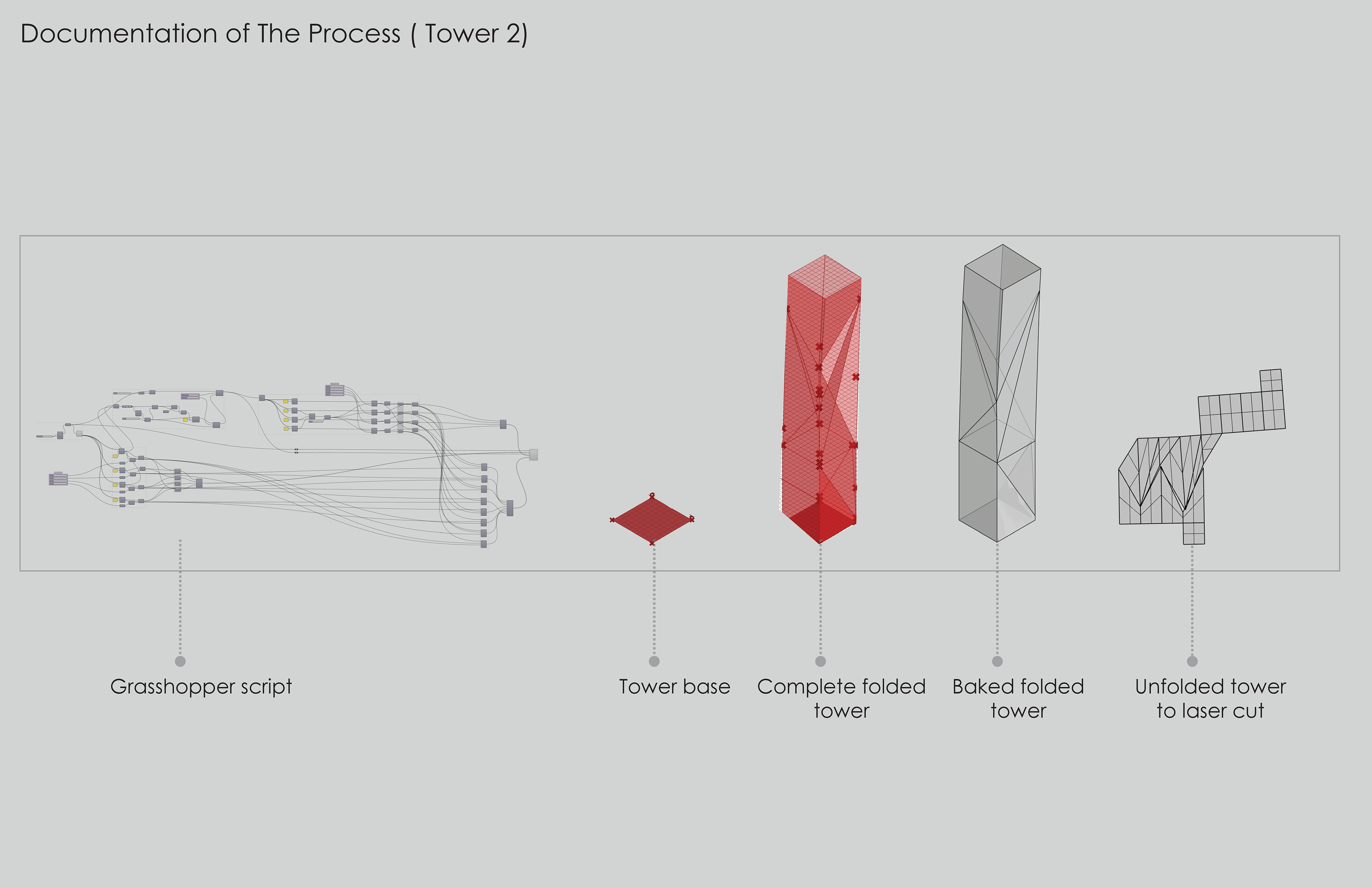
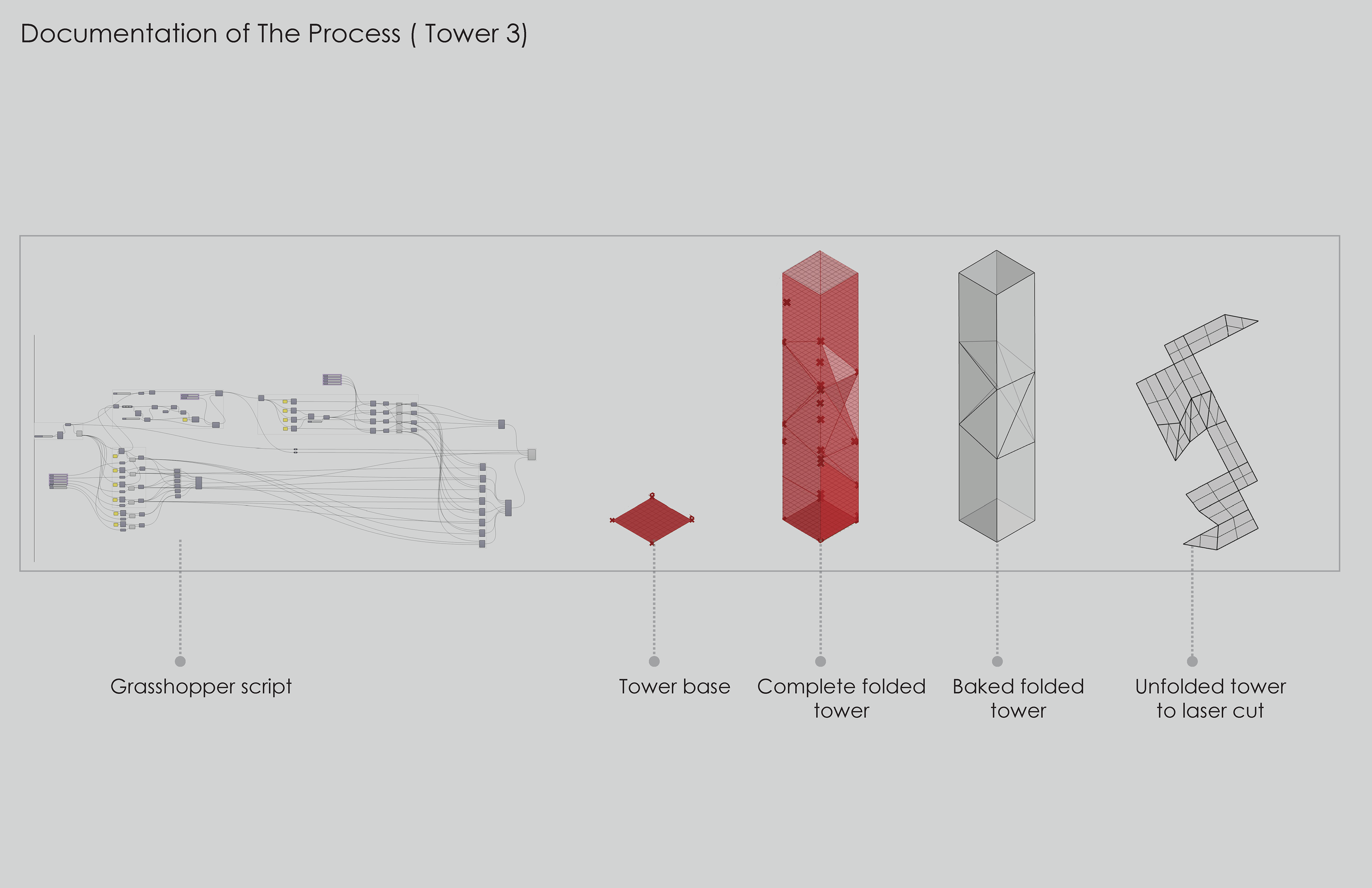
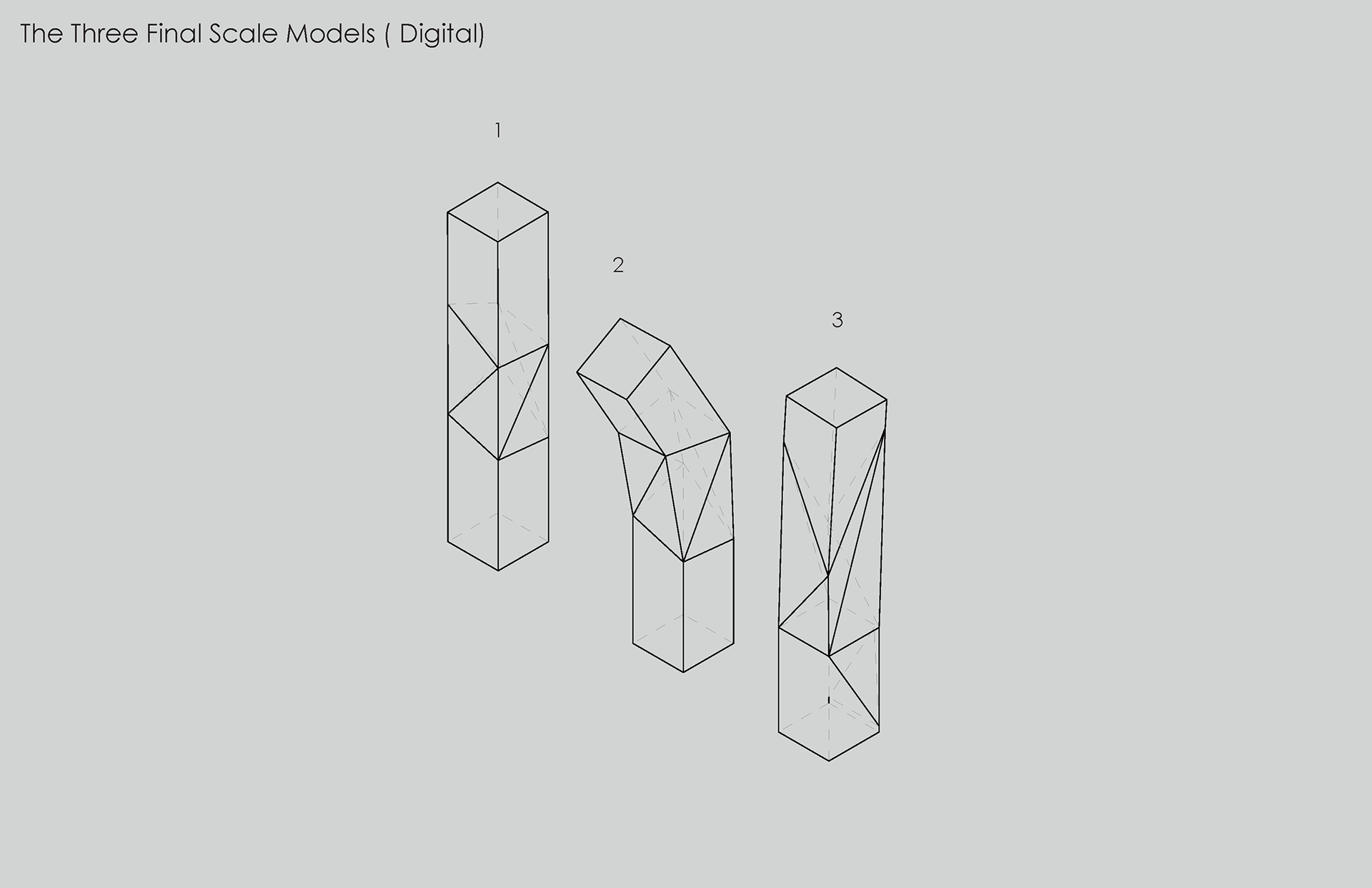
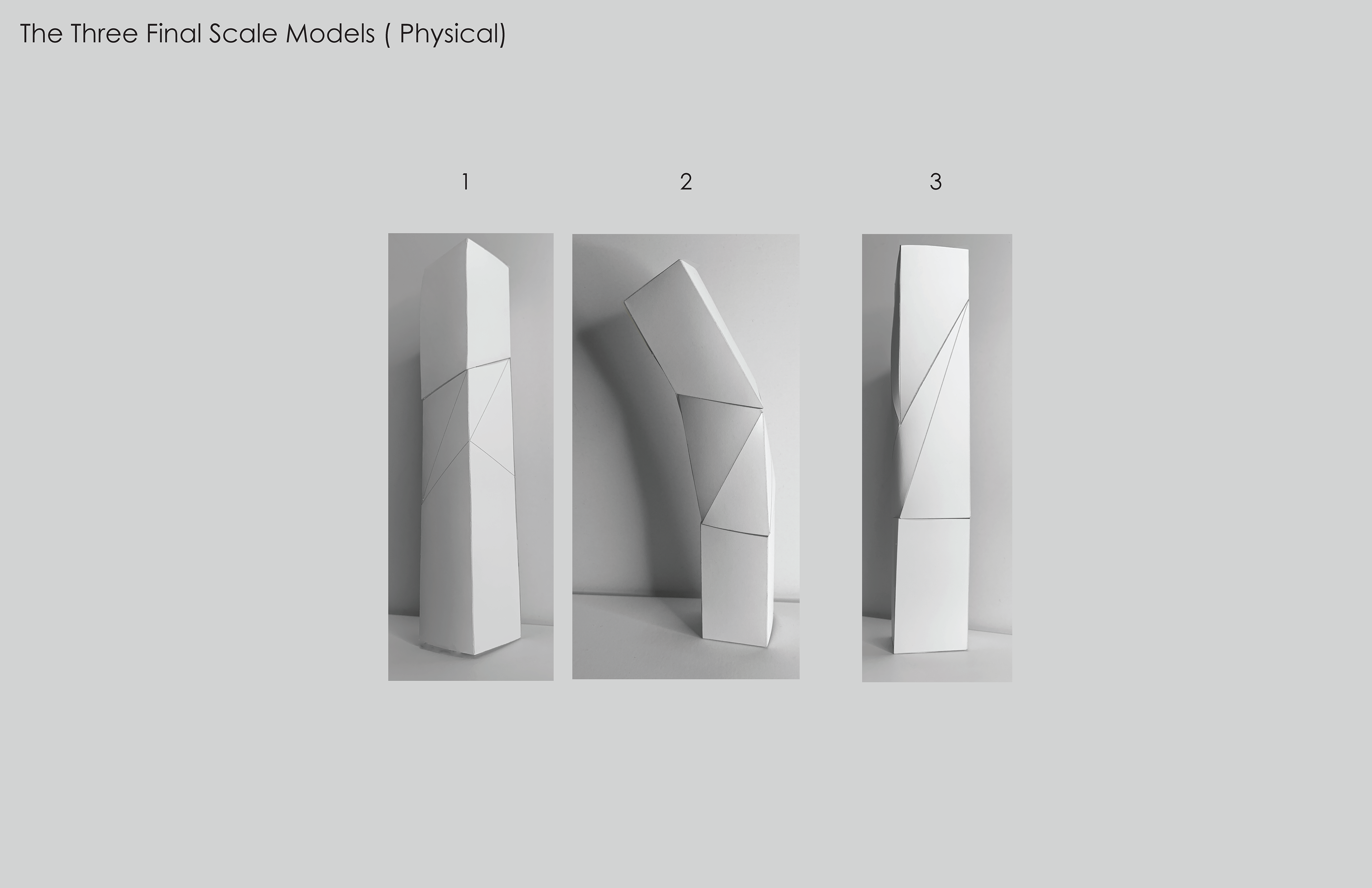
CNC Milling
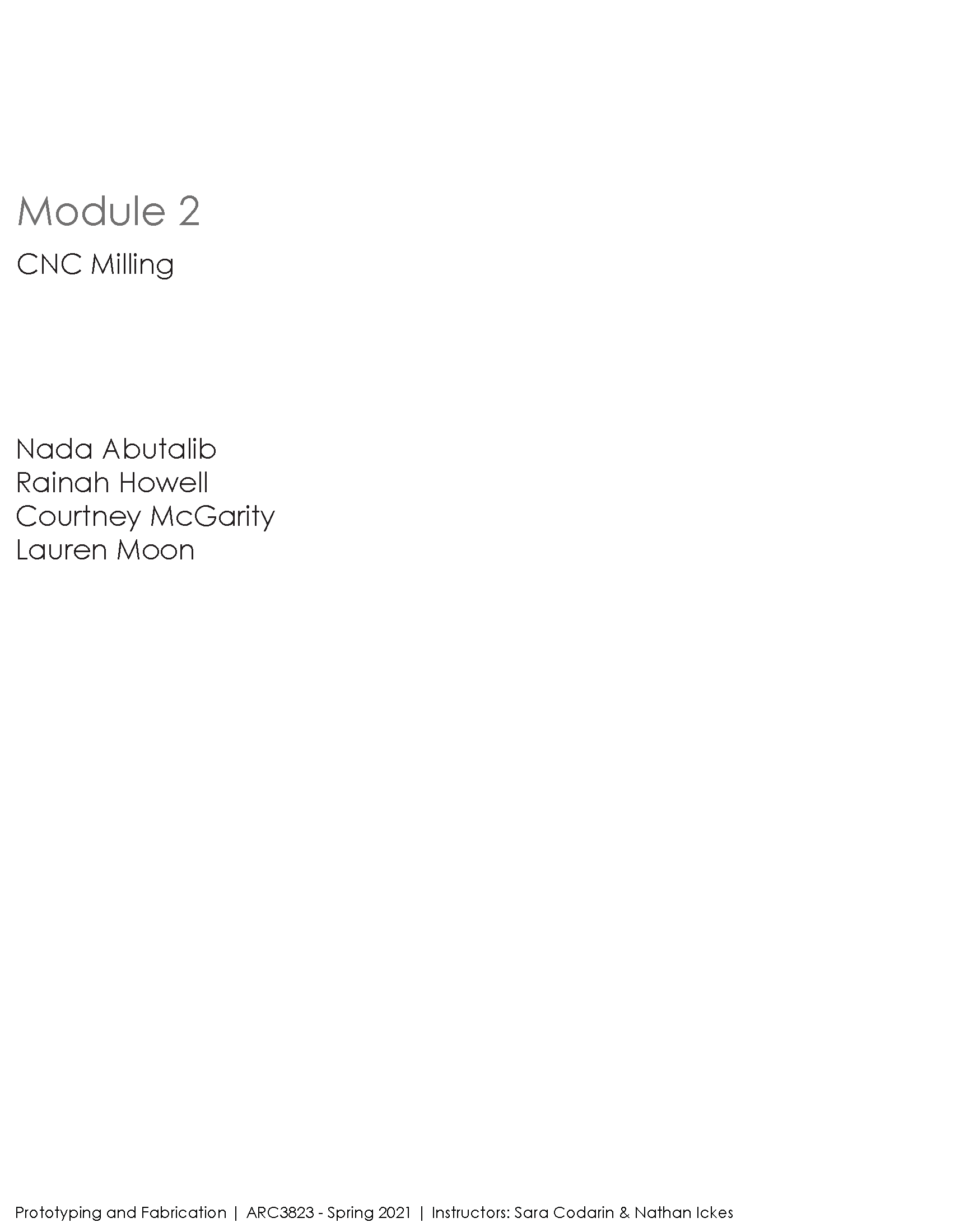
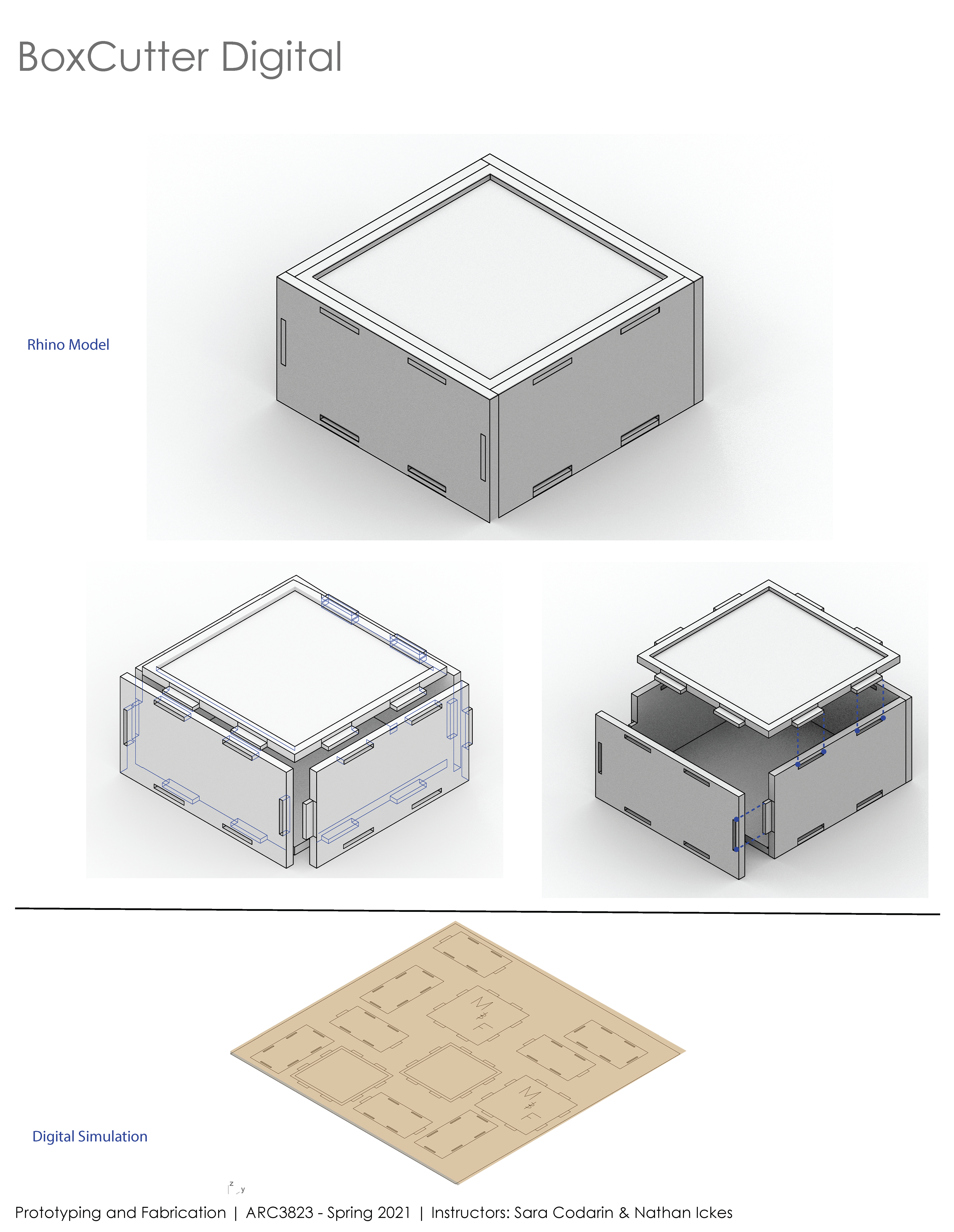
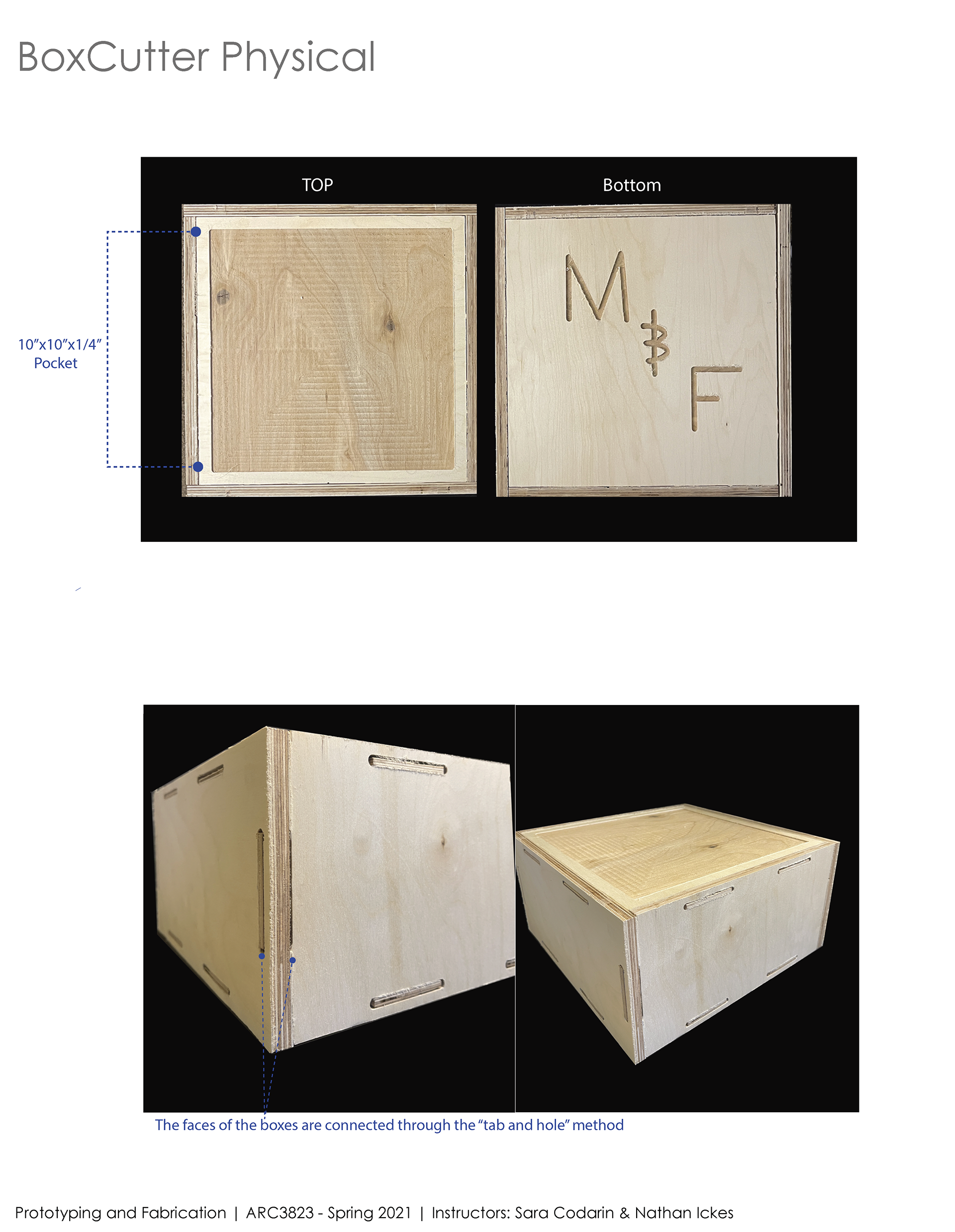
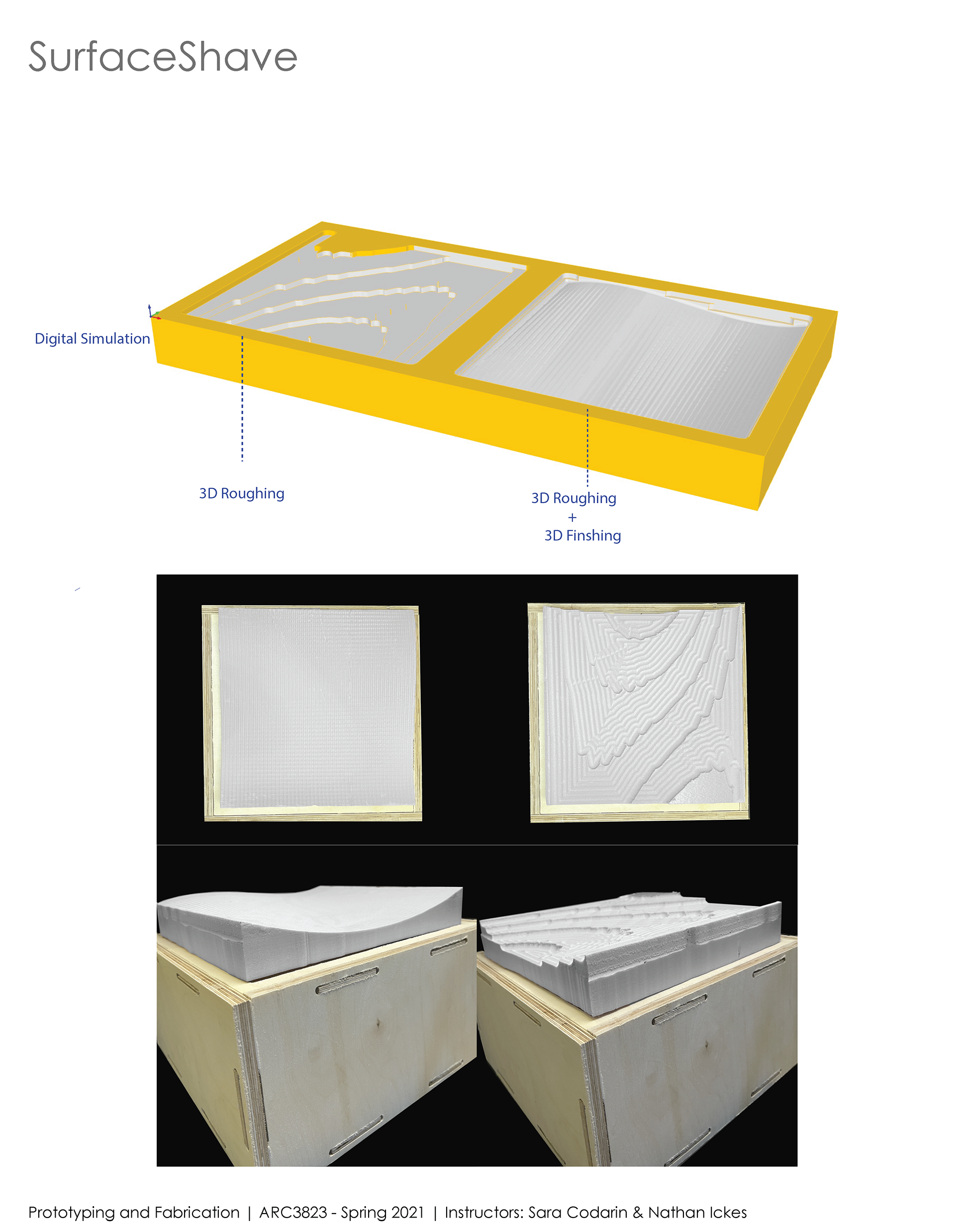
3D Printing
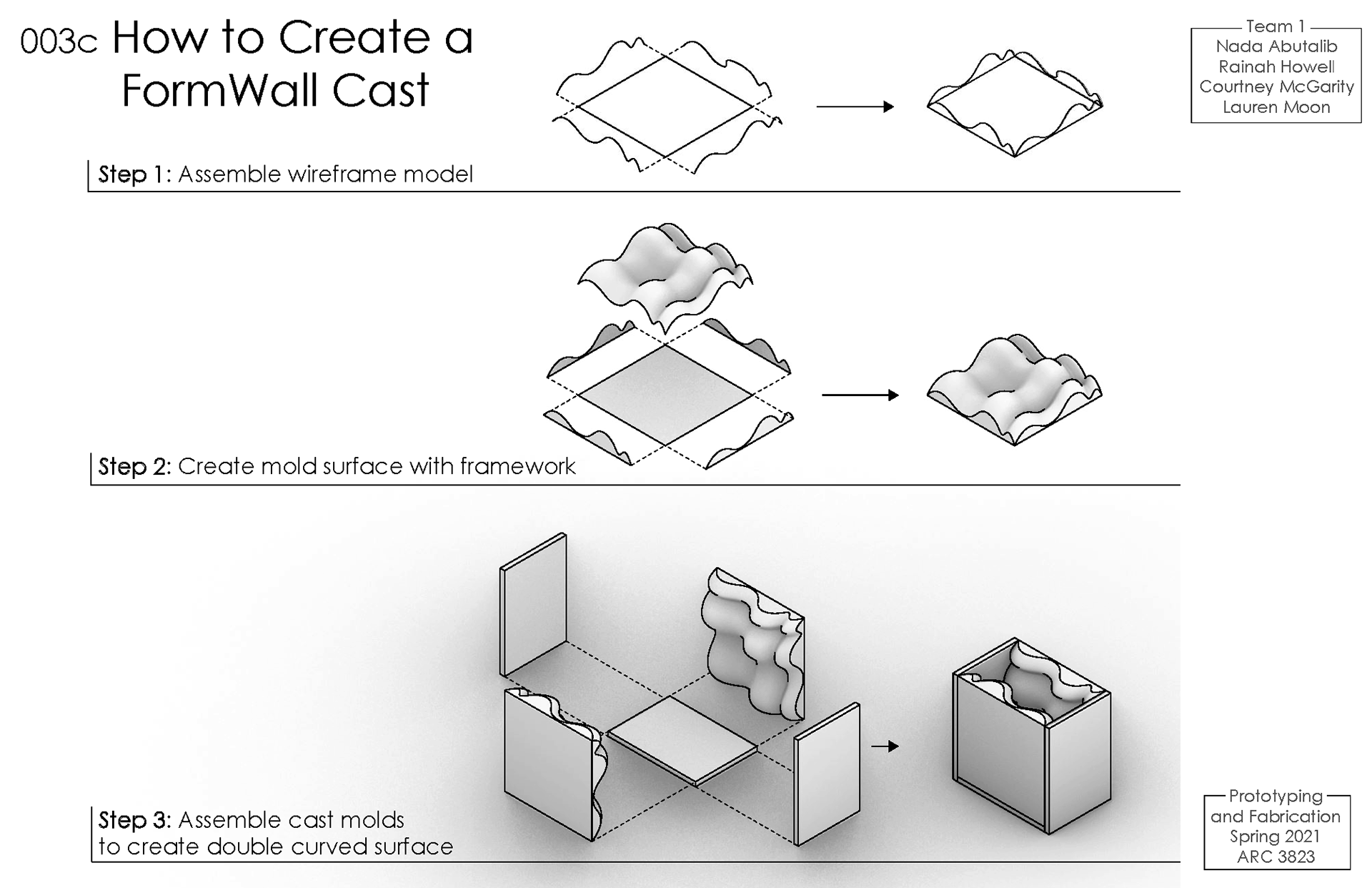
Robo-Fabrication
aMAZEing
Both the physical and virtual worlds of the robot are involved in this assignment. We were asked to manually jog the robot’s axis in “joint coordinate system” mode and “world coordinate system” mode to move the end effector from start to finish within the designated path.
LightBright
The LightBright project allows us to visualize the robot’s kinematics through long exposure photographs.
The 3D geometry is made in Rhino then KUKA|Prc uses points to define by a white LED tool.
HotWire
The intent of HotWire is to extend the relationship between generative design (Grasshopper in form making) and using the robot to prototype iterative physical models. We will define a simple framework (6”x6”x6”) and create a large population of forms.
______________________________________________________________________________
Prototyping and Fabrication Teaching Assistant 2022
In my role, I provided guidance to students and assisted them in developing technical and design skills. In this specific workshop, I collaborated with professors to facilitate the coordination of the workshop. My responsibilities included demonstrating to students the process of creating physical objects through plaster casting using fabric, balloons, and Cottle boards. Subsequently, I assisted in scanning these objects to generate 3D digital models.
